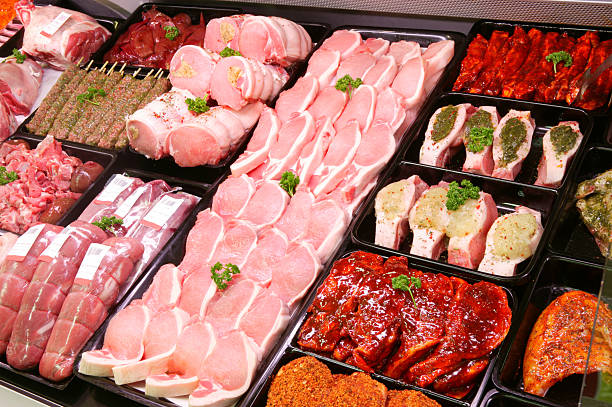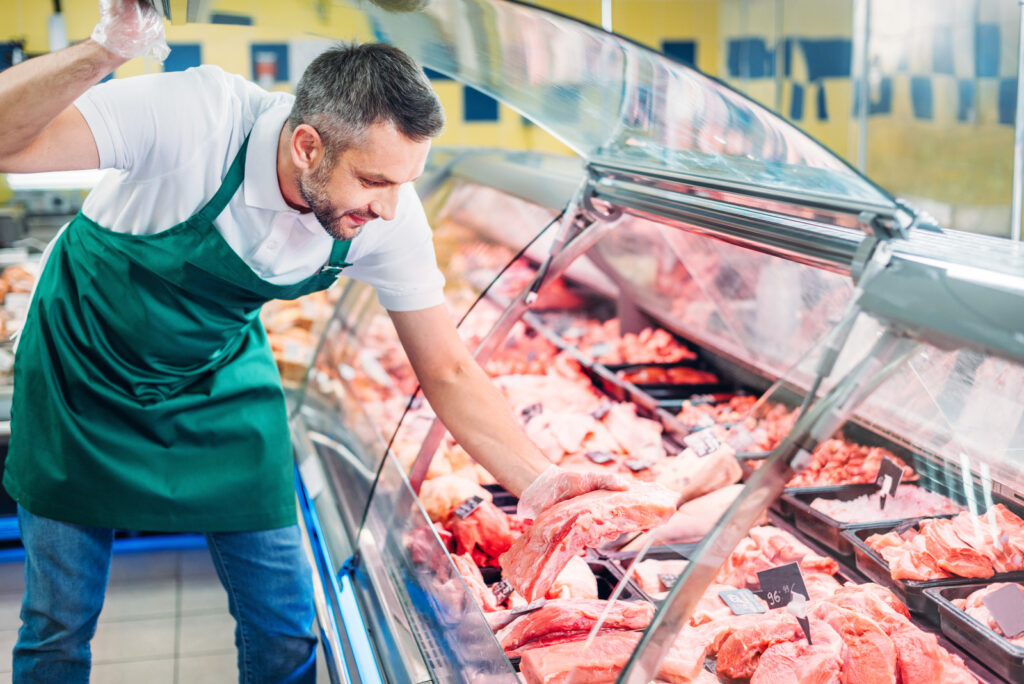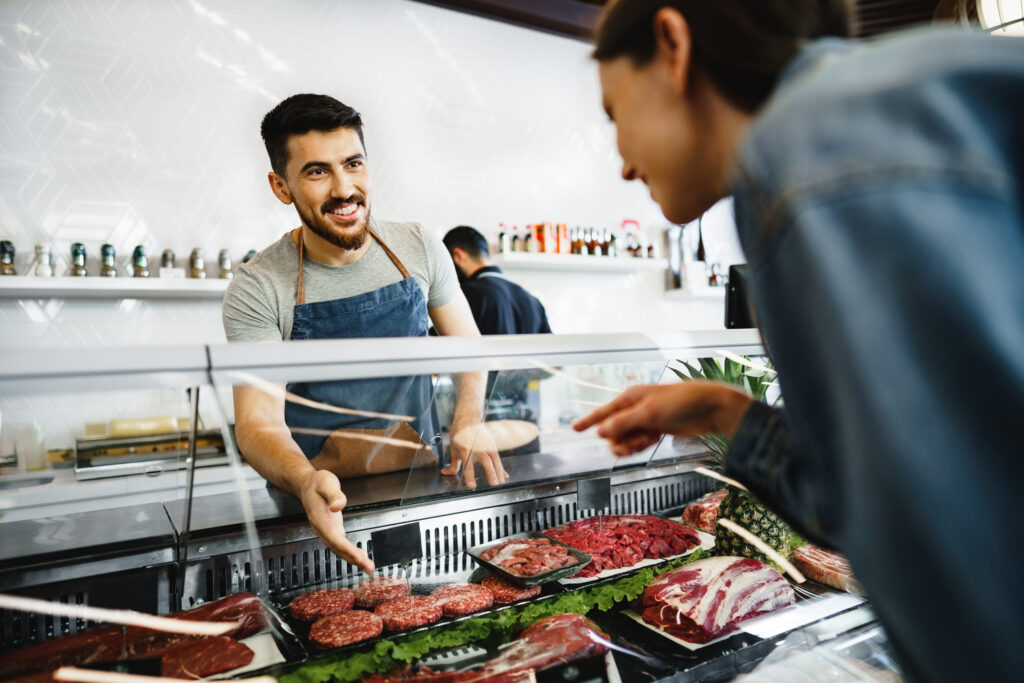Refrigerator Strategies: 5 Checkpoints to Avoid Food Spoilage in Your Restaurant
Two of the worst fears of a restaurateur is to serve food that is either 1) raw, or 2) spoiled.

There is no excuse for serving either, and both require meticulous care. Today, we are going to look into the checkpoints that your business should have to see to it that spoilage is, as much as possible, allayed.
CHECKPOINT # 1: What are your purchasing guidelines?
Your first line of defense would come from your purchasing process. We’re not proposing that you start micromanaging, but you as the business owner should make sure that your suppliers deliver the best and freshest hauls of the day. There is no such thing as “too high” when it comes to laying down your standards.
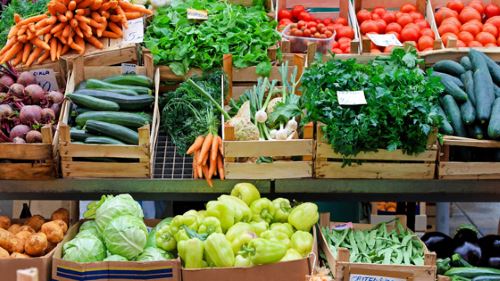
CHECKPOINT # 2: Are the stocks fresh upon arrival?
While your supplier can ensure that they send out the best products that they have, it might be different case when it goes to transit. Ask about your orders’ shipment method. Your supplier should be able to provide you with specific details, and should guarantee that your orders will arrive in its finest condition.
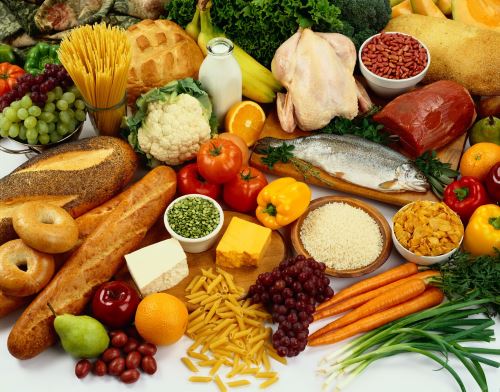
Also, put someone in charge of checking each line item upon arrival of the inventory to safeguard against anything falling below your standards. Do not accept anything that is spoiled, or is on its way to being spoiled.
CHECKPOINT# 3: How does your crew store your products?
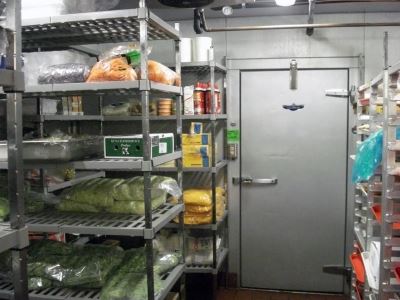
Be diligent in checking your teams’ storing practices. Ideally, you should get someone who is very keen with details. The U.S. Food and Drug Administration (FDA) has some tips on how to ensure proper storage of food:
- Keep the temperature in your fridge at no higher than 40 °F (4 °C). Take note that freezing does not kill bacteria (hence checkpoint # 1 and 2), but it does stop bacteria from growing. Be warned, though—the Listeria bacteria can grow at refrigerated temperatures.
- Make sure that cold air circulates well around your refrigerated foods to keep them properly chilled. Avoid stacking them down too tightly.
- Spills are a no-no in storage. No spills, especially the drips from thawing meat, mean less chances of bacteria growth, prevention of cross-contamination, and additional safety—you never know who might slip on that puddle of meat juice.
- Seal each type of product in covered containers or storage bags. Put in “expiration” dates on the cover. Typically, high risk items in restaurants can be stored in the fridge for seven (7) days. Use these items up well before that timeframe.
- Clean out the fridge frequently. Don’t let ice build up too much on your products, as it might affect its overall taste and texture.
CHECKPOINT # 4: How do your chefs cook your dishes?
Wonderful creations come from thinking out of the box. Your chefs may enjoy themselves in the kitchen, experimenting on different flavors, colors, and textures.
While creativity is encouraged in the workplace, enforce certain restrictions when it comes to portioning of food. Using proper portion control and scheduling in the cooking area will help in this matter.
CHECKPOINT # 5: What are your contingency plans in case of a power failure?
Be as it may, there are some things which are totally out of our hands. One of these things is your power supply. The ideal scenario is, of course, to have a back up generator or power supply prepared.

However, in situations wherein this is not possible, here are some ideas to keep in mind:
- The doors of your freezing units should be kept closed for as long as possible. A refrigerator can usually keep food chilling for about four (4) hours if it is kept unopened, while a freezer can maintain its temperature for about forty-eight (48) hours if its doors remain closed. This will give you ample time to call up services for your electric problems.
- Upon return of electricity, immediately check the contents of your freezer and refrigerator. Thoroughly inspect all food packages to see if it’s still safe to serve. Do not rely on its appearance or odor alone.
Discard any unpreserved and perishable items (meat, poulty, fish, eggs, leftovers, etc.) which have been above 40 °F (4 °C) for two (2) hours or more.


